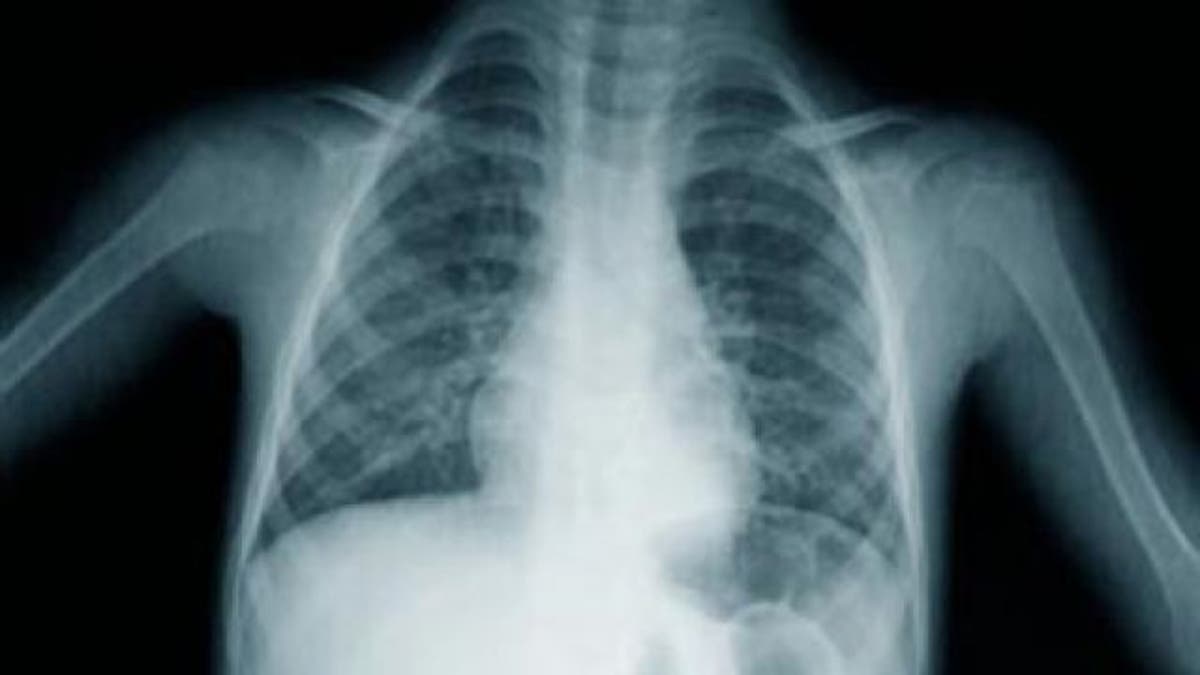
Los Angeles County health officials have asked federal officials for help to contain a worsening tuberculosis outbreak among the homeless in its downtown area.
County health officials here have identified 78 cases of a particular strain of the highly contagious disease in the past five years, resulting in 11 deaths. Of those cases, 60 have been identified as homeless living around Skid Row, making it the "largest outbreak we've seen" among the city's homeless population in a decade, said Dr. Jonathan Fielding, director of the Los Angeles County Department of Public Health.
Dr. Fielding said as many as 4,500 homeless may have been exposed to the disease. Earlier this month, he asked the Centers for Disease Control and Prevention to send health officials to Los Angeles to help identify other possible victims. The move to turn to federal officials was first reported by the Los Angeles Times Thursday.
A spokesman for the county's health department said federal officials have agreed to help, but haven't arrived in Los Angeles yet. A CDC spokeswoman deferred comment to Los Angeles officials, and was unable to comment further Thursday night.
About 5,000 homeless live on Skid Row, a downtown area where thousands of the city's homeless have gathered for years—and the city offers about 3,000 shelter beds, homeless aid workers said. Hundreds still sleep on city streets at night.
Tuberculosis is most associated with developing countries. Most of L.A. county's cases of the disease are brought in by foreign travelers, Dr. Fielding said. But L.A. county officials have been grappling with growing numbers of tuberculosis cases among the city's homeless population for years.
"Many people think that TB is something of the past. Unfortunately it's not. This is a population at particular risk. We need to protect them," Dr. Fielding said.
Health officials said the outbreak isn't cause for alarm across the entire city, since it is confined to a specific area. The outbreak among the homeless comes as cases of tuberculosis have actually declined among the general population countywide—from 816 cases in 2007 to 625 in 2012.
But the outbreak is disturbing because homeless people are especially vulnerable, because of the conditions in which they live. As a transient population, they are less likely to get treatment and more likely to spread the disease to others in shelters or on the street, health officials said.
